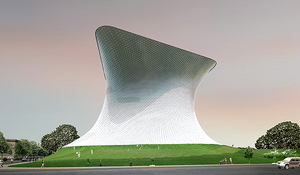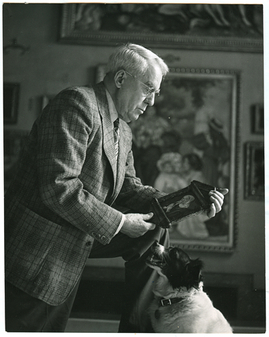 The countdown begins: On Feb. 26, The Art of the Steal — Don Argott’s documentary about the struggle for the control of the Barnes Foundation — opens in theaters (two days after it can be seen on demand) in New York and Philadelphia. I have not seen the movie, which was shown last year at the Toronto and New York film festivals, but last week the trailer went up on IMDB — you can see it here. It calls the move into downtown Philadelphia “the scandal of the art world” and labels those who are doing it “vandals.” Clearly, it takes sides.
The countdown begins: On Feb. 26, The Art of the Steal — Don Argott’s documentary about the struggle for the control of the Barnes Foundation — opens in theaters (two days after it can be seen on demand) in New York and Philadelphia. I have not seen the movie, which was shown last year at the Toronto and New York film festivals, but last week the trailer went up on IMDB — you can see it here. It calls the move into downtown Philadelphia “the scandal of the art world” and labels those who are doing it “vandals.” Clearly, it takes sides.
Argott, saying he set out to give voice to both sides, explains why it ended up where it is here, in a short video he did with The New York Times last fall.
He also recently gave a more extensive interview to Filmmaker magazine (here), in which he says:
one of the things that sealed the deal [to do the film] for me was going to the Barnes. You walk into the place, and it’s breathtaking. It’s really overwhelming — something special and beautiful. I’ve walked into that main gallery many times, and I still get chills.
Evelyn Yaari, a member of the Friends of the Barnes, which is still trying to stop the move despite the recent groundbreaking on the new site, notified me of the trailer: The group doesn’t seem to have organized plans to use the film to rally people to their side, but Yaari (who has written about the Barnes’ situation), at least, is hoping it will “change the chemistry around here, at least for a little while.”
Hard as it is for me to believe, she said “The vast majority of people around here have no idea what has or is going on. The fact that a movie has been made about it, changes people’s perceptions about its importance, putting the Barnes story in a totally new light just because of the way it’s made, the music, etc. And because it’s cool, it might make people slightly aware of things before their eyes glaze over again. It’s not just the cranky nut jobs from the suburbs after all. Now, there’s a cool, young director and his brilliant and beautiful producer saying this is important.”
It is, she adds, “an unbelievably powerful piece that makes the Parkway Barnes look toxic.”

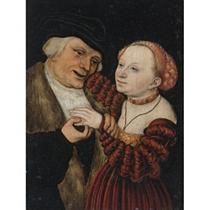 But the Old Master paintings sale held some other surprises, including a mini-mystery (not as good as the record-setting American silver punch bowl story, which I wrote about
But the Old Master paintings sale held some other surprises, including a mini-mystery (not as good as the record-setting American silver punch bowl story, which I wrote about 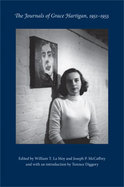 In the visual arts, Jed Perl has led off with a joint review of
In the visual arts, Jed Perl has led off with a joint review of 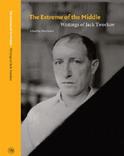
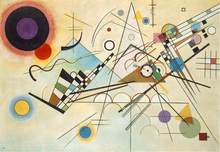 The
The 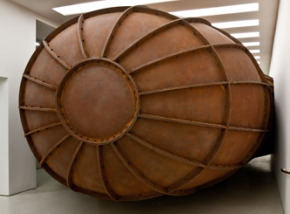 The Anish Kapoor work (detail, left), still on view, is also doing well, and the new restaurant (which I wrote about
The Anish Kapoor work (detail, left), still on view, is also doing well, and the new restaurant (which I wrote about 